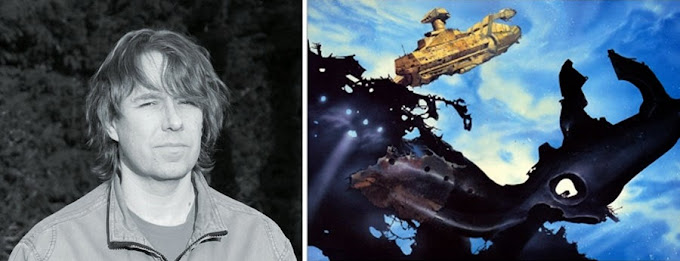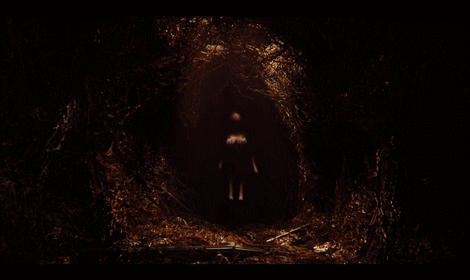

With a background in film, I have a decent idea for what aspects of the written word translate to screen and which don’t in fact I tend to be more forgiving than many readers when it comes to critiquing adaptations. Our protagonist, Thom, is settling in for a long article.

But in the end, I found myself aching for a more faithful adaptation. It’s about sixteen minutes including credits, moves quickly, and packs just as much emotional punch as Reynolds’ original short. In the next… looks ahead … five pages in a Google Docs draft before it makes it to your screen, it definitely seems like I poop all over it, but I really can’t recommend it enough.

Let me get this out of the way – Beyond the Aquila Rift is really good. So… maybe I didn’t need to re-read “Aquila” (the short story), in fact maybe I could have headed into Aquila (the short film) without it to have fewer preconceptions.īut this is the internet and I enjoy comparing and contrasting mediums, so re-read I did, and preconceptions I had as about a half hour later I fired up Netflix. It was one of two standouts in the 2006 collection (the other being “Second Person, Present Tense” by Daryl Gregory), and I’ve read through it a good number of times. I first read Alastair Reynolds’ short story “Beyond the Aquila Rift” when it was collected in Year’s Best SF 11, edited by David G. Getting a screenshot of a short story is, um… well here’s a photo of the book I guess. But first, I need to grab an old book from my shelf. I browsed it quickly and saw a familiar name: Beyond the Aquila Rift. This changed when I got an email from them, including an episode list. Maybe it’s the strong “NSFW!” marketing Netflix is pushing, but I wasn’t that interested in it from the get-go. 18 short science fiction films, from 6 to 20 minutes long each, exploring the themes in the anthology title. If you walk in any of the same circles as I, you’ve likely heard about Netflix’s new animated anthology, Love Death + Robots. Today we’ll be taking up way too much space to look into the short film, Beyond the Aquila Rift, and compare it to the 2005 short story of the same name by Alastair Reynolds. What did they change that worked? What did they not change that they could have? What made it tick? Time to take a deep dive and find out. So when I found out that a short story I enjoy was turned into a short film, I checked it out… and found myself in the middle. You’ve all heard it before: “The book was better!” countered by a smaller but no less vocal, “The book sucked, the film streamlined the story and made it so much better!” (Okay, a much smaller group there, but still.) Middle ground is hard to find, it seems. There’s a general narrative that goes around the internet when any adaptation, particularly book-to-film, drops.


 0 kommentar(er)
0 kommentar(er)
